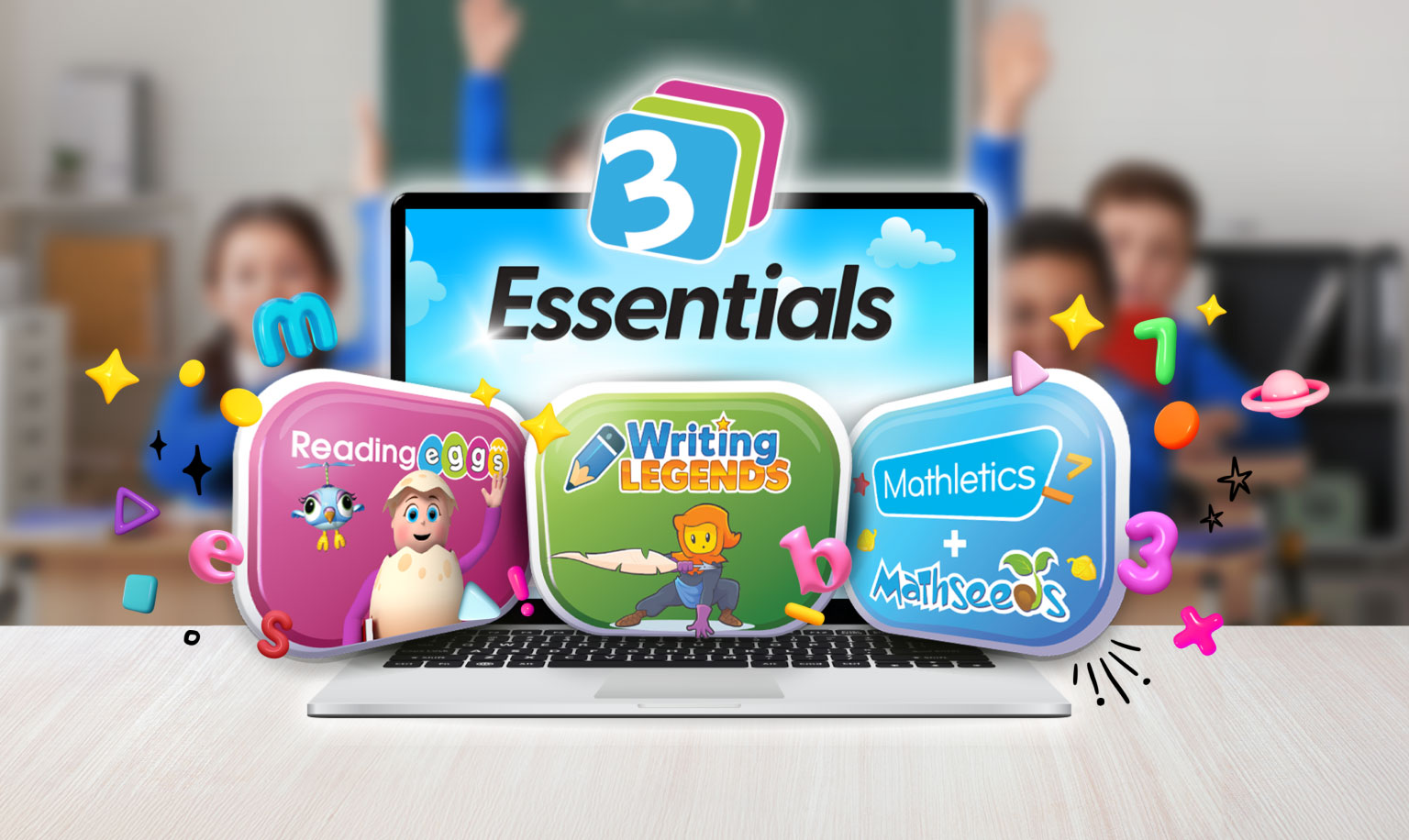
Motivation. That thing you seem to misplace every day around one. You know … the one that gets lost right as you’re scheduled to go to the gym?
We all have our own struggles with getting ourselves into gear every once in a while. However, for us teachers, it’s our job to spark that motivation in our learners as best we can. On some days, it will be hard. On others, it will seem to come naturally. The point is—we need to reach for it every day as best we can. When we do, we help build curious, driven learners.
So what can we do to motivate our classrooms? And what different approaches should we take for younger vs. older learners?
Motivating Child Learners
Young learners have a lot of strengths but their attention span is not one of them. Anyone with a youthful classroom knows students need to be engaged from start to finish.
It can be hard for young kids to see past what’s right in front of them, so motivation is less about tapping into long-term goals and more about engaging them in the present moment.
The goal here is to create something fun but not distracting, challenging but not too difficult, simple but not easy (bonus points for anything with props). Easy enough, right?
Here are some guiding points to help get you started.
1) Give Them Choices
There’s a lot of power in having options. For plenty of students, understanding that they have a say in how they spend their time can increase their intrinsic motivation. Whether this is about how they engage with school, how they participate in learning or which extracurricular activities they choose, giving learners choices goes a long way.
2) Give Praise
Young learners respond especially well to praise. Whether they aced a new subject or are visibly putting in extra effort, let them know you see them! Rewarding these actions can boost motivation levels pretty quickly.
Many teachers use a star chart as a way to give recognition to students for the whole class to see. Simply create a column for each student, give stars for good work and choose a system for rewards (e.g. 10 stars = the prize box, 20 stars = picking the book for reading aloud, etc).[/fusion_text][fusion_text]
3) Reinforce and Repeat with Fun Activities
Familiarity is good for young learners, so when you find something they like don’t be scared to use it! You can use a favourite game for lesson reviews or an exciting activity to introduce new topics. Your learners will start to recognise the format and get excited when they see it which can help spark their motivation.[/fusion_text][fusion_text]
4) Vary Your Material
Bored kids can turn into naughty kids. The more you can keep your classroom engaged, the less likely they are to find something they shouldn’t be occupying themselves with.
Try leveraging different mediums to keep everyone active and attentive. Switch things up between video tutorials, online games, interactive classroom activities and workbooks.
By keeping up the variety you’ll be able to re-present material or learning points that you have covered before in a way that seems new and exciting for your students.
Motivating Teenage Learners
The tactics above are great tools for young learners but they can backfire in later years leading to little development of intrinsic motivation.
Internal motivation for older students is built on three main building blocks: autonomy, competence and relatedness. They’re powerful words. Luckily we have some power moves to tap into these core themes.
1) Plan Lessons
Planning is crucial to successful motivation. Think about what learners are interested in doing. They will lose interest quickly if lessons are not interesting and engaging.
Here are some things to consider:
- Plan for the learners’ activities not for the teacher’s activities.
- Aim for an average of 5 minutes for each activity.
- Remember that children have a hard time sitting still and being passive for more than two or three minutes.
- Activities, where children are actively involved, can be longer than five minutes.
- Be mindful of the sequence of activities so children do not become overexcited or excessively bored.
2) Focus on Daily Habits
Life for students can be overwhelming. They have to maintain a strong GPA, a litany of extracurricular activities, a vibrant social life and happy family ties. It’s enough to stress anyone out! However, when you teach your students to take things day-by-day, it all seems a bit less overwhelming and a lot more manageable.
Taking control of daily habits promotes choice, control and autonomy. Students feel good when they are challenged but not to the breaking point. Establishing good daily habits gives them the foundation they need to develop confidence and competence.
3) Pursue Interest or Passion
You’d be surprised by how many students have closeted aspirations or interests. Bringing these interests to the forefront and aligning them with their current strengths can help learners pinpoint areas they want to pursue. Identifying these passions can often strengthen the link between school and outside life, promoting a desire to seek out learning beyond the classroom.
4) Rethink Goal-setting Strategies
Encourage your students to come up with their own goals. Ensure that part of this process involves them identifying why these goals are important. This practice gives learners a greater sense of control over their learning objectives. When possible, avoid common external drivers like grades and focus on wider goals or aspirations.










